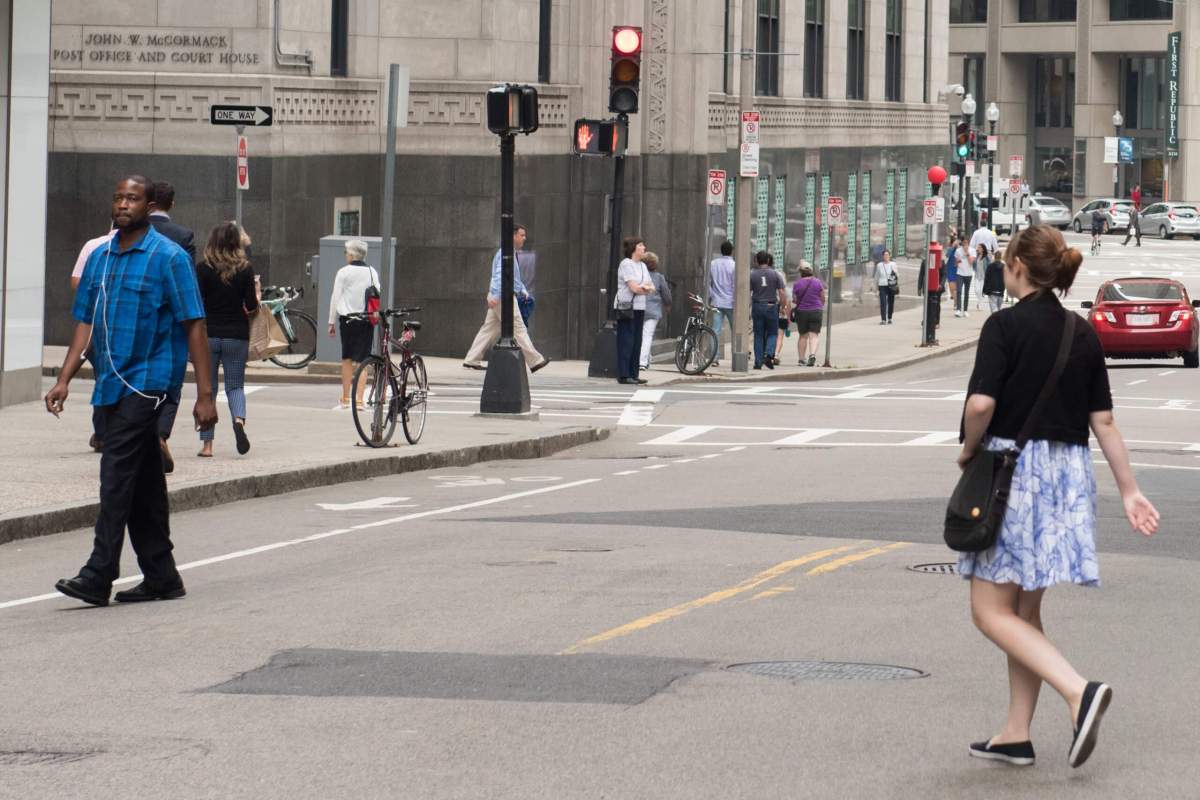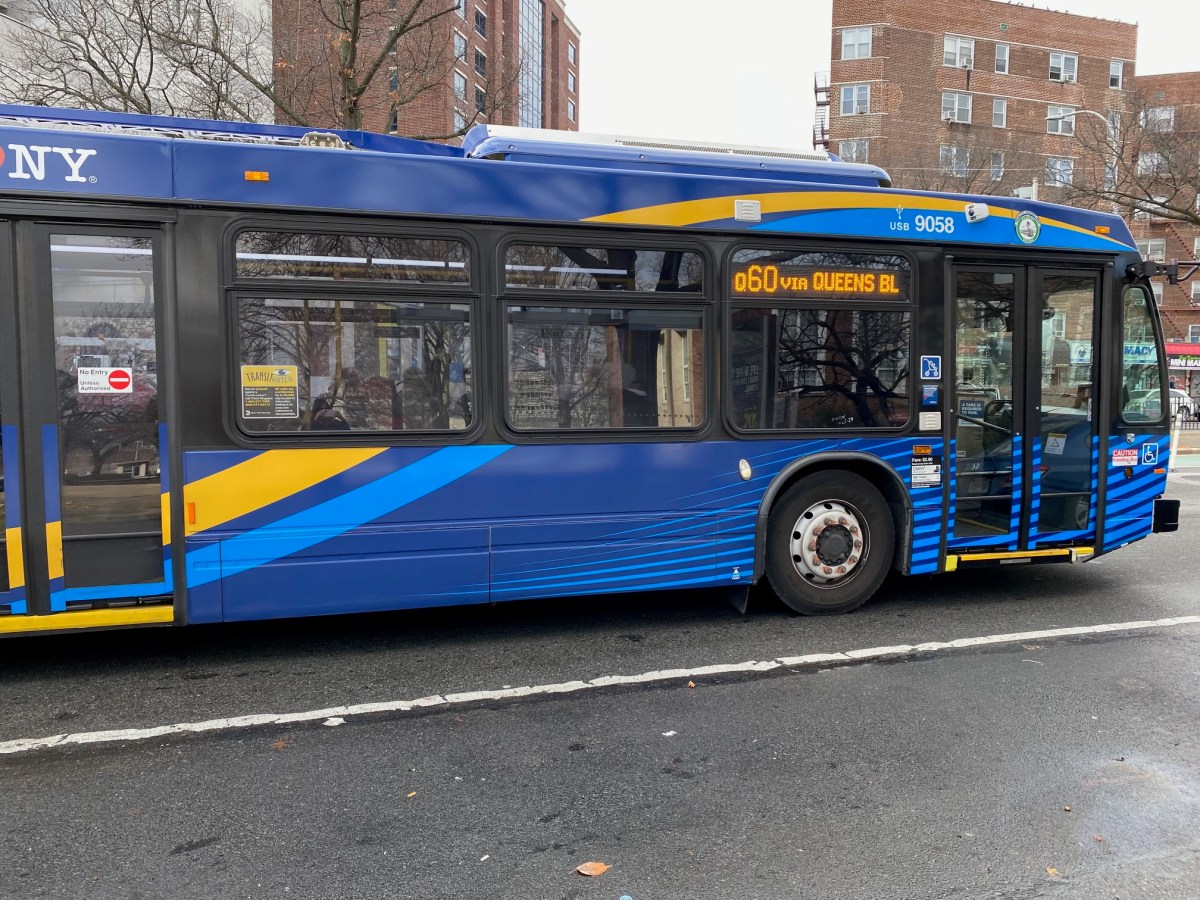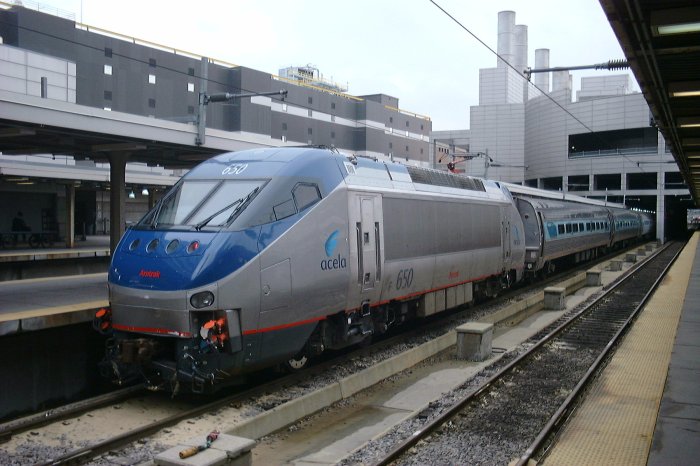In a city known for its public transportation, don’t-need-a-car walkability and aggressive driving culture, it’s likely we’ve all done it at least once: a good old-fashioned jaywalk across the street. Pedestrians in the state, too, have their own reputation for darting out in front of cars, often at great risk to themselves and motorists. And while state law requires any pedestrian within 300 feet of a crosswalk to use it if they intend to cross, some readers may be surprised to learn how littleteeth the law actually has. In fact, the Bay State’s jaywalking law dates back over 50 years to 1962, when a $1 fine was instituted by state legislators — and never raised again. Any subsequent offenses in a one year period raise that amount to a slightly more punitive $2. Those low fines are extremelylenient compared to the larger penaltiesseen in other cities, such as a $250 ticket in Los Angeles. In contrast, a driver cited for failing to yield to a pedestrian in a crosswalk in Massachusetts could see a $300 fine.
There have been efforts to change the law. This year, state Senate Majority Leader Harriette Chandler introduced legislation to raise that fine to $25 for a first offense, and $50 and $100 on subsequent offenses. Chandler wasn’t available for comment Monday, but told WCVB earlier this year that she got involved with the issue after a number of residents in a high-rise senior project in her district were fatally hit by cars as they jaywalked. The Worcester Democrat said at the time that as many as 80 percent of pedestrian deaths in the state were attributable to those walking outside of intersections.
The proposal was ultimately shelved this legislative session for further study.
“I don’t like to use the stick approach, but that’s the only way we’re going to change habit,” Chandler told the station. “Once you’re fined once, you’re not going to do it again.” Brendan Kearney, a spokesperson for WalkBoston, said the concept of jaywalking and laws prohibiting the practice first emerged in the early 20th century, as the automobile industry engaged in a widespread marketing campaign to redefine the public road as the domain of vehicles— not walkers. “If you look at the term ‘jay,’ [in the early 20th century] it meant kind of like a hick, a country bumpkin that doesn’t know what’s going on,” Kearney said. “There was a lot of marketing … to make this a real [patriotic] sort of thing: ‘Don’t be a jaywalker.’” Kearney said lawmakers have more effective means at their disposal to cut back on pedestrian deaths, rather than punishing pedestrians: increase fines and enforcement for speeding, paint more crosswalks in the city, and employ shorter times for light signal changes to cut down on the time pedestrians wait at the curb. “We find around 60 to 70 seconds is when people start to get impatient” waiting for a “walk” sign, he said.
Despite the state’s current laissez-faire attitude toward jaywalking, the state’s pedestrian fatality rate sat at .5 deaths per 100,000 residents in the first half of 2015, according to a report from the Governors Highway Safety Association. That ranks the state as the 19th lowest, below the national rate of .74. The state did see a 26 percent increase from that same period in 2014, from 27 deaths to 34.
Jaywalkers have little to fear in Boston — at least from the law

Derek Kouyoumjian/Metro





















